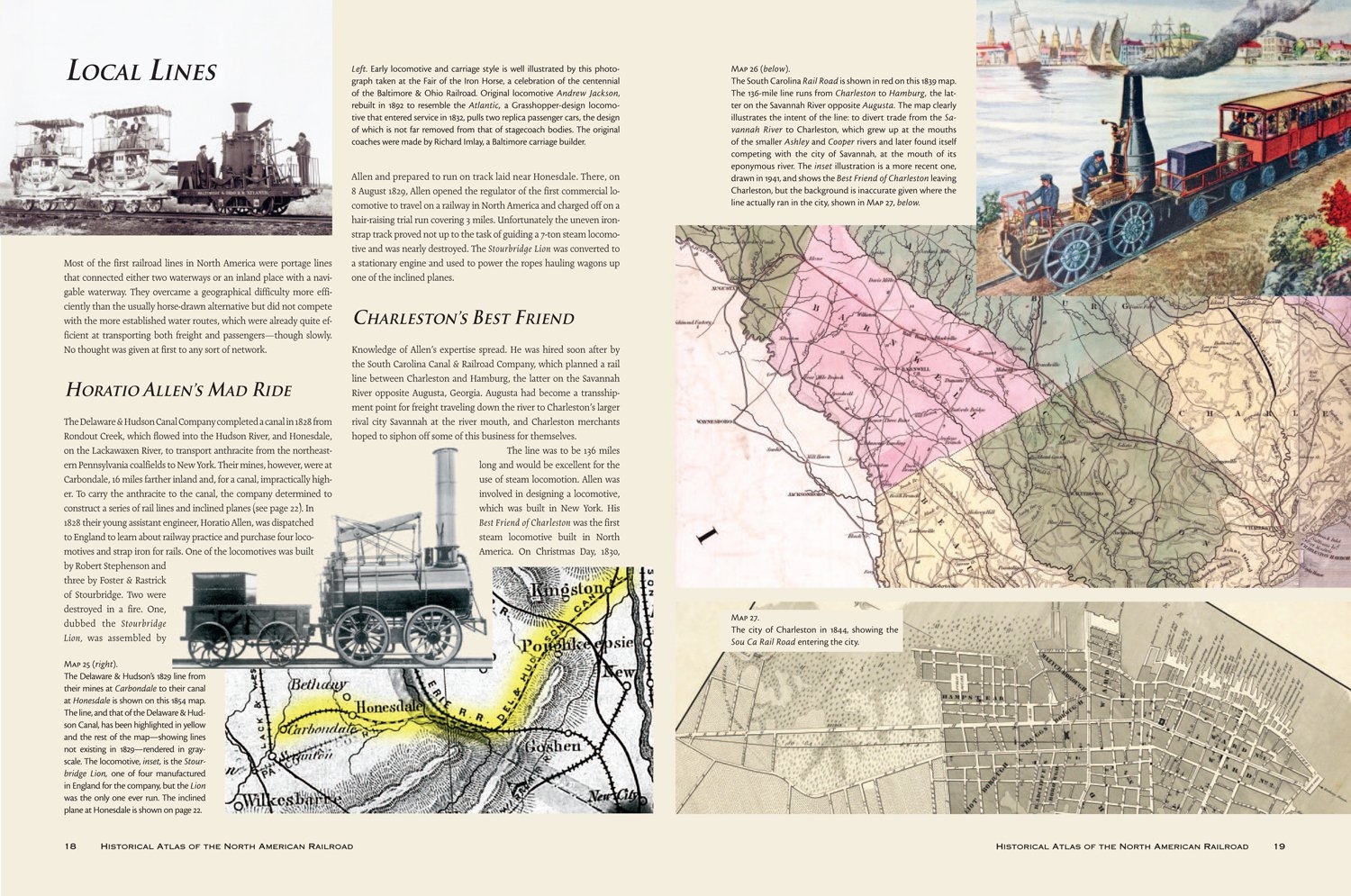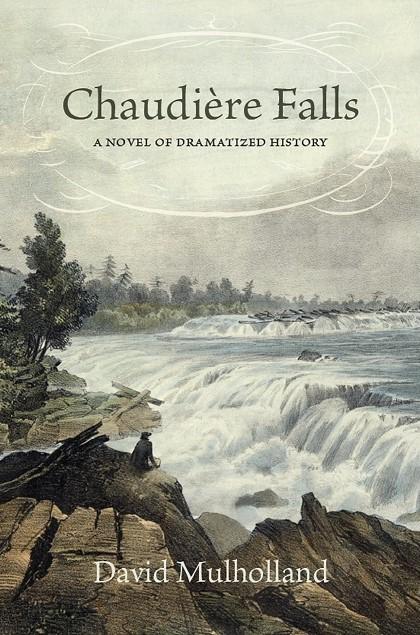
Book Review: Historical Atlas of Early Railways
Historical Atlas of Early Railways • A vivid visual history of railways around the world
By Derek Hayes
320 pages • ISBN 978-1-77162-175-5
 In a sense the very earliest railways were simply ruts caused by the passage of carts on softer ground. Railways of this nature may have been in use as early as 2200 BCE. But railways become a worldwide economic force only in the middle of the nineteenth century, some forty or fifty years after the first demonstration of a mechanically powered train. What radically changed –in the space of less than three decades- was the method of propulsion, from human or horse power to steam powered “travelling engines,” the forerunners of the modern railway to locomotive. Such railways enabled faster, more efficient transport of people and goods, opened the world to settlement and changed the nature of war, allowing supplies and soldiers to be moved much faster than on horseback or on foot.
In a sense the very earliest railways were simply ruts caused by the passage of carts on softer ground. Railways of this nature may have been in use as early as 2200 BCE. But railways become a worldwide economic force only in the middle of the nineteenth century, some forty or fifty years after the first demonstration of a mechanically powered train. What radically changed –in the space of less than three decades- was the method of propulsion, from human or horse power to steam powered “travelling engines,” the forerunners of the modern railway to locomotive. Such railways enabled faster, more efficient transport of people and goods, opened the world to settlement and changed the nature of war, allowing supplies and soldiers to be moved much faster than on horseback or on foot.
Historical Atlas of Early Railways highlights the innovations, failures and most memorable moments of railways through the ages. Read about a variety of designs and inventions including the steam underground in 1863, rack and mountain railways, electric railways, monorails and atmospheric railways. Study the world’s oldest surviving railways map. This newest addition to the popular Historical Atlas Series features 320 maps and 450 photos and other illustrations, and is a beautifully designed chronicle for anyone who has a fondness for history, maps or trains.
Historian Derek Hayes has spent years gathering material for this book. He has travelled to nearly every location mentioned and visited railway museums all over the world, amassing a wealth of information and illustrative materials. He is also a professional photographer and award-winning book designer. He has fifteen previous books to his credit, al highly illustrated histories, including the Historical Atlas of the North American Railroad (Douglas & McIntyre and University of California Press, 2010). He is a two-time winner of the British Columbia Lieutenant-Govenor’s Medal for Historical Writing, He holds two degrees in geography and lives in White Rock, BC.









